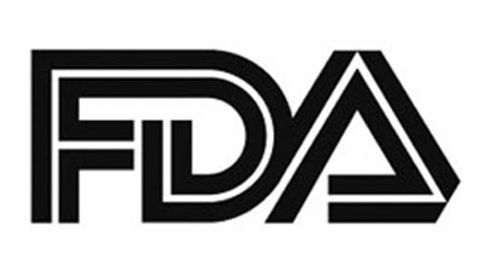FDA Approval Sought for Penpulimab for Third-Line Metastatic Nasopharyngeal Carcinoma
A biologic license application has been submitted to the FDA for the PD-1 monoclonal antibody drug penpulimab for the third-line treatment of metastatic nasopharyngeal carcinoma.

A biologic license application (BLA) has been submitted to the FDA for the PD-1 monoclonal antibody drug penpulimab (AK105) for the third-line treatment of metastatic nasopharyngeal carcinoma (NPC), according to a press release from Akeso, Inc, the developer of the agent.1
The application for approval is supported by data from the phase 2 AK105-202 trial (NCT03866967) in which penpulimab showed encouraging anti-tumor activity and a favorable safety profile when administered to patients with metastatic NPC who progressed after 2 or more prior lines of therapy, according to results presented during the 36th Society for Immunotherapy of Cancer (SITC) Annual Meeting and later published in the Journal for Immunotherapy of Cancer.2
AK105-202 is a multicenter, single-arm, open-label study during which patients received penpulimab 200 mg every 2 weeks until progression or unacceptable toxicity. The ongoing study has a primary end point of objective response rate (ORR) per RECIST v1.1 assessed by an independent review committee (IRC). Disease control rate (DCR), duration of response (DOR), and progression-free survival (PFS) are also being investigated as key secondary end points.
At a median follow-up of 7.9 months (range, 0.9-16.9 months), the ORR observed in 111 patients was 27.0% (95% CI, 19.0%-36.3%). In the subgroup of patients who were identified as PD-L1 positive, the confirmed ORR was 39.5% (95% CI, 25.0%-55.6%). In the PD-L1-negative population, the confirmed ORR was 19.7% (95% CI, 10.9%-31.3%). The DCR was 49.5% (95% CI, 39.9%-59.2%).
In terms of the durability of treatment, the median DOR was not reached with penpulimab (95% CI, 0.95+ to 11.43+). The 6-month DOR rate observed with penpulimab was 85.6% (95% CI, 52.5%-96.3%).
The experimental therapy led to treatment-related adverse events (TRAEs) in 79.2%, and 14.6% of those were grade 3 in severity. Treatment discontinuations were needed for 3.1% of patients. There were also serious AEs in 10.0% of patients. Occurring in more than 10.0% of patients, the most common TRAEs observed in the study were fever (24.5%), hypothyroidism (24.6%), anemia (23.1%), alanine aminotransferase increased (17.0%), and white blood count decreased (10.8%). The most common grade ≥3 TRAEs, which occurred in 2.0% of patients overall, were hepatic function abnormal (2.3%) and anemia (2.3%).
The BLA for penpulimab will be reviewed through the FDA’s Real-Time Oncology Review (RTOR), making it the first drug from China to potentially be reviewed within the program. The RTOR accelerates the approval of agents reviewed. Submission of the BLA follows breakthrough therapy designation and fast track designation granted by FDA to penpulimab for the third-line treatment of metastatic NPC.1
References:
1. Akeso's Penpulimab Monoclonal Antibody Submitted BLA in the United States. News release. Akeso, Inc. May 24, 2021. Accessed May 24, 2021.
2. Chen X, Wang W, Zou Q, et al. A phase II study of the anti-programmed cell death-1 (PD-1) antibody penpulimab in patients with metastatic nasopharyngeal carcinoma (NPC) who had progressed after two or more lines of chemotherapy. A phase II study of the anti-programmed cell death-1 (PD-1) antibody penpulimab in patients with metastatic nasopharyngeal carcinoma (NPC) who had progressed after two or more lines of chemotherapy. J Immunother Cancer. 2020;8(suppl 3):8. doi:10.1136/jitc-2020-SITC2020.0804
Neoadjuvant Therapy Could Improve Outcomes for Nasal and Paranasal Sinus Cancer
September 17th 2024Neoadjuvant chemotherapy prior to surgery and postoperative radiation therapy could improve organ preservation in patients with T3 and T4a nasal and paranasal sinus squamous cell carcinoma.
Read More
APG-157 Earns FDA Fast Track Designation for Head and Neck Cancer Treatment
August 23rd 2024With this designation, the sponsor of APG-157 is eligible for more frequent interaction with the FDA, facilitating faster drug development and review for this neoadjuvant head and neck cancer therapy.
Read More